City planning often treats solar power, urban agriculture and 15-minute cities as separate but parallel initiatives aimed at increasing a town or region’s environmental, social and economic sustainability.
Research out of Montreal’s Concordia University suggests that tying them together from the ground up (literally) could be the most effective approach to “green” a city.
Published in Sustainability, the study posits solar as the backbone of green urban logistics by laying out a framework based on sidewalk-embedded photovoltaic panels that power local, electric vehicle-based delivery networks and food logistics. Rooftops, small lots and other “traditional” solar sites are instead used for community gardens and crop productions.
Under the 15-minute city model, grocery stores, farmers markets and community gardens are evenly spread throughout a neighborhood so that the majority of residents live within a kilometer of fresh, healthy food.
“We want to see how we can integrate energy, mobility, land use and social functions to bring daily needs closer to residents so they can reduce the number of fossil-fuel-consuming trips,” said corresponding author Caroline Hachem-Vermette, an associate professor of building, civil and environmental engineering at Concordia University, in a statement.
Researchers used the West 5 smart community in London, Ontario as a case study to evaluate how space, emissions, economics, land use and solar performance interact in hopes of creating a model for other municipalities to follow.
The research primarily focuses on the impacts of the sidewalk PV panels, which are embedded in high-traffic pedestrian pathways and measure approximately 600 mm by 600 mm squares that can produce 100 watts at 15% efficiency.
For the studied neighborhood, annual solar irradiation averages 3.69 kWh/m²/day or the equivalent of 286 sunny days per year, which enables just 98 m² of sidewalk PV to produce enough energy to power the entire urban mobility system and slash emissions by 98% compared to the fossil-powered base case. It would also deliver electricity at less than one CAD per kWh with approximately a 2.6-year payback period.
The researchers point out that though the footprint can be small, it can have large impacts. Dedicating just 13.8% of roof area, 10% of facades, and 15% of lot space to vegetable crops rather than solar makes the cluster self-sufficient in certain vegetables like leafy greens or tomatoes. In practice, the model works almost like a distributed form of agrivoltaics by framing PV as the connective tissue linking energy, mobility, land use and food security rather than just a building-only resource.
This content is protected by copyright and may not be reused. If you want to cooperate with us and would like to reuse some of our content, please contact: editors@pv-magazine.com.
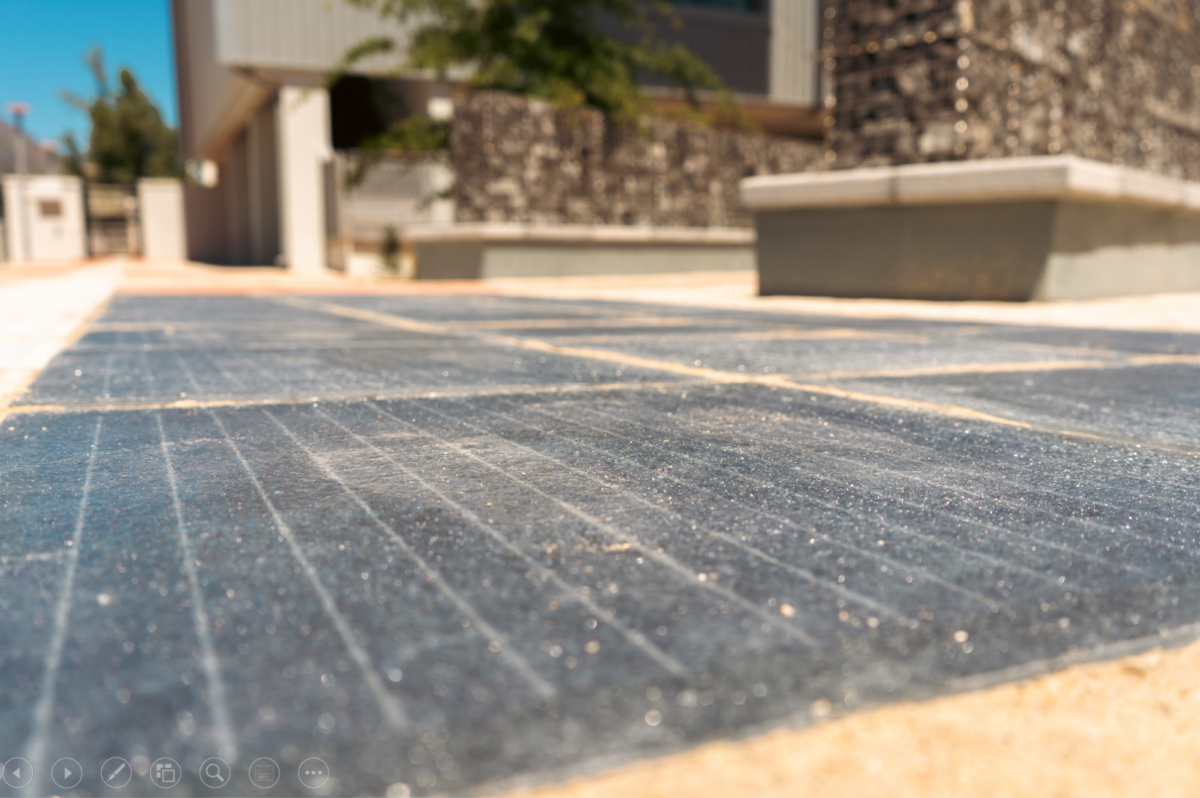
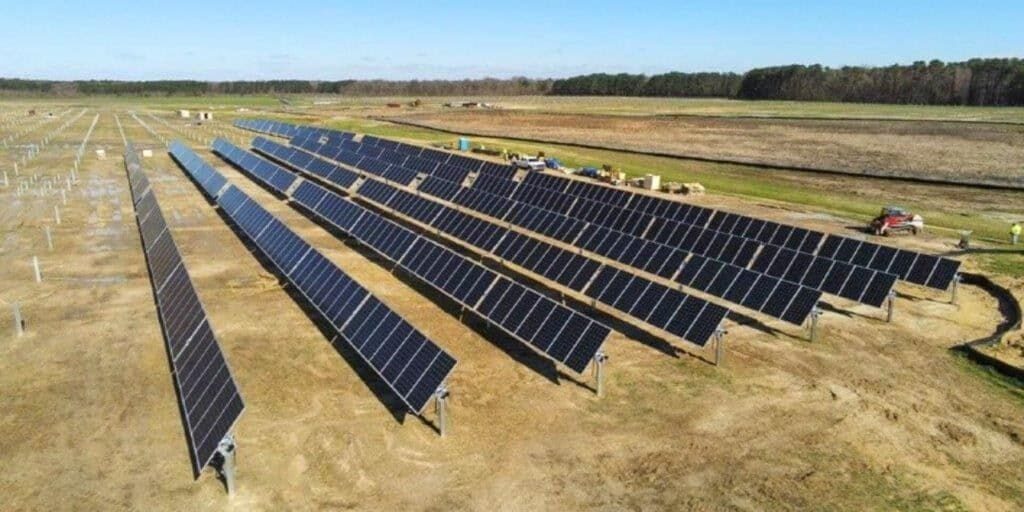



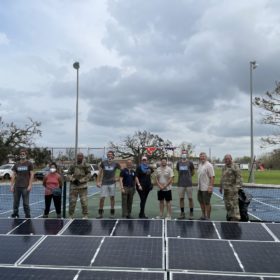
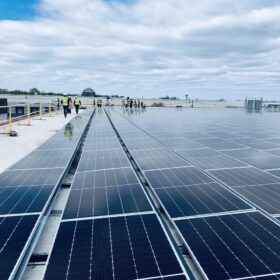
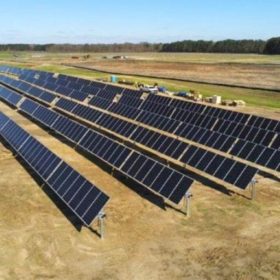
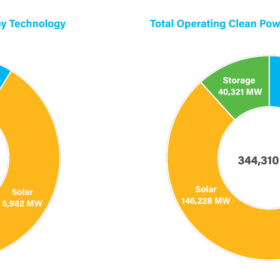
The same number of panels placed overhead will generate double or more of the electricity, last several times longer, need less cleaning, be cheaper due to additional reinforcement being unneeded, and will keep snow and rain off of pedestrians.
Genius idea for embedding solar panels in the pedestrians, perfectly and maximally utilize the green power, realizing the ‘green power ubiquitous.’ While the technology is booming, looking forward to more and more methods of applications to benefit human beings and promoting the 15-minute city program with solar energy.